Santa Claus is one of the most beloved figures in holiday culture worldwide. We all know him as the jolly, bearded man in a red suit who delivers presents to children on Christmas Eve. But, have you ever wondered about the real name of Santa Claus?
While the modern-day Santa is a mix of various folklore traditions, his origins can be traced back to a combination of historical figures and cultural influences.
Let’s explore the fascinating story behind the real name of Santa Claus and how he became the iconic figure we know and love today.
The Origins of Santa Claus
Santa Claus’s journey starts with St. Nicholas, a 4th-century Greek bishop who lived in Myra, a region of present-day Turkey.
Known for his kindness, generosity, and love for children, St. Nicholas became famous for performing miracles and helping those in need.
One of the most popular legends associated with him is the story of how he secretly gave gold coins to a poor family, saving the daughters from being sold into slavery.
St. Nicholas’s name spread far and wide, especially in Europe, where he became the patron saint of children, sailors, and the downtrodden.
In Dutch-speaking areas, he was known as Sinterklaas, a name derived from “Sint Nicolaas” (Saint Nicholas).
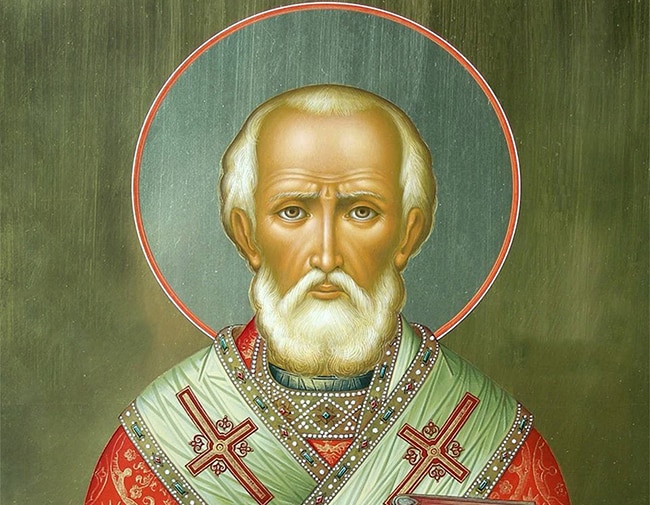
image: indiatoday.in/education-today/gk-current-affairs/story/how-st-nicholas-became-santa-clause-1116232-2017-12-26
The Transformation into Santa Claus
The name “Santa Claus” as we know it today has its roots in the Dutch word “Sinterklaas,” which was brought to America by Dutch settlers in the 18th century. Over time, the pronunciation and spelling morphed into “Santa Claus.”
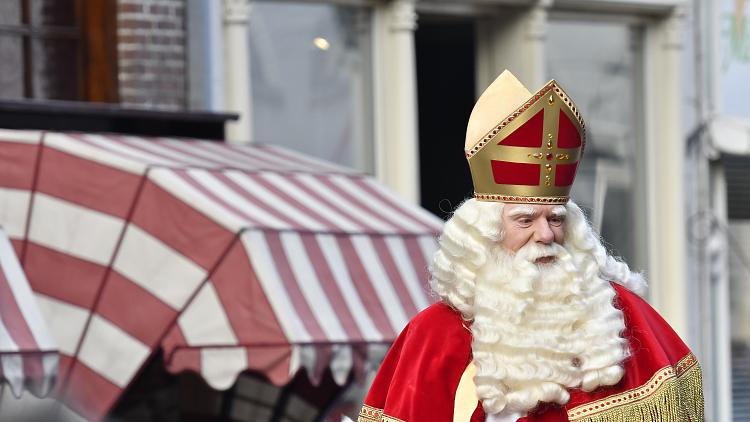
image: timeanddate.com/holidays/netherlands/st-nicholas-eve
But it wasn’t just the name that changed—Santa’s look and persona also evolved. In the early 19th century, writers and artists helped shape the modern image of Santa Claus. Washington Irving’s Knickerbocker’s History of New York (1809) referred to a “jolly St. Nicholas” who flew through the sky in a sleigh, helping to popularize the idea of Santa’s Christmas Eve visit.
In 1823, the poem “A Visit from St. Nicholas” (better known as “The Night Before Christmas”) solidified Santa’s magical characteristics. It was here that Santa was described as a “jolly old elf” with a round belly and a love for flying reindeer.
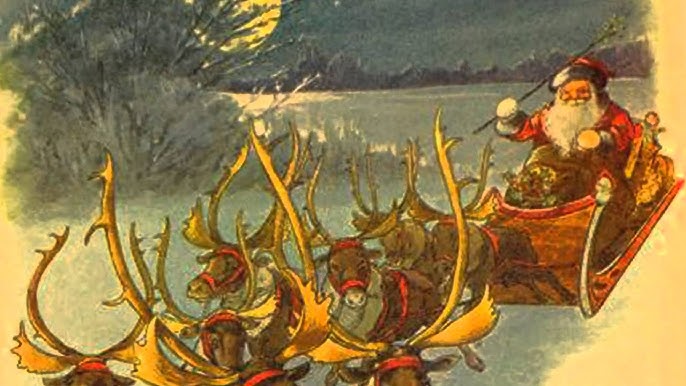
image: youtube.com/watch?v=cEkZK9NZGFg
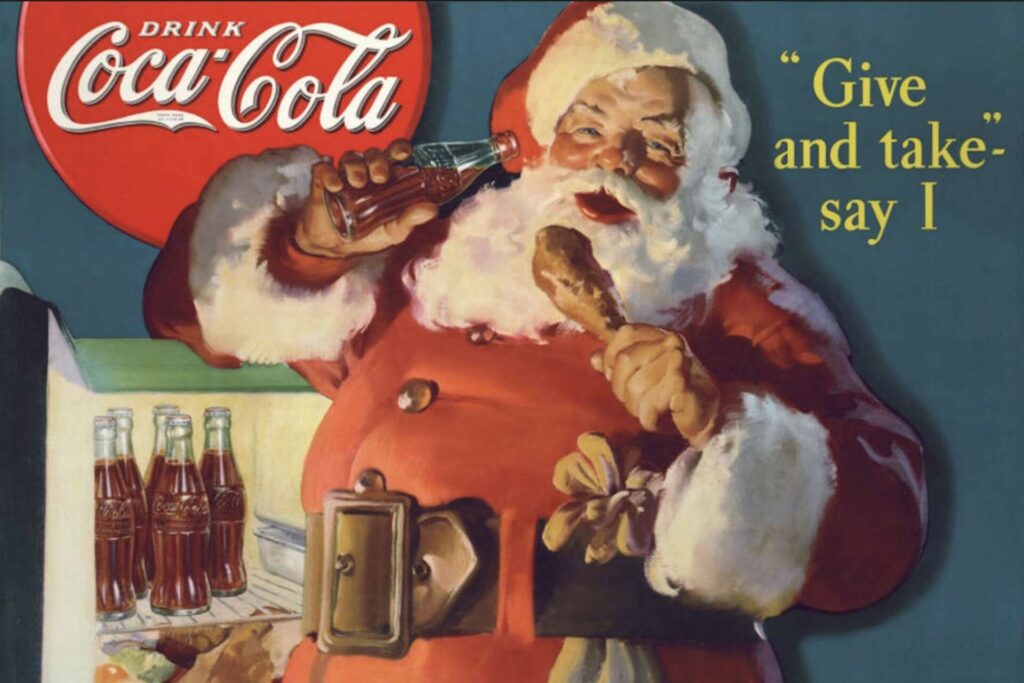
Then, in 1931, Coca-Cola’s holiday advertising campaign famously gave us the red-suited, plump Santa Claus we all recognize today. This depiction by artist Haddon Sundblom cemented Santa’s iconic look and added to his universal appeal.
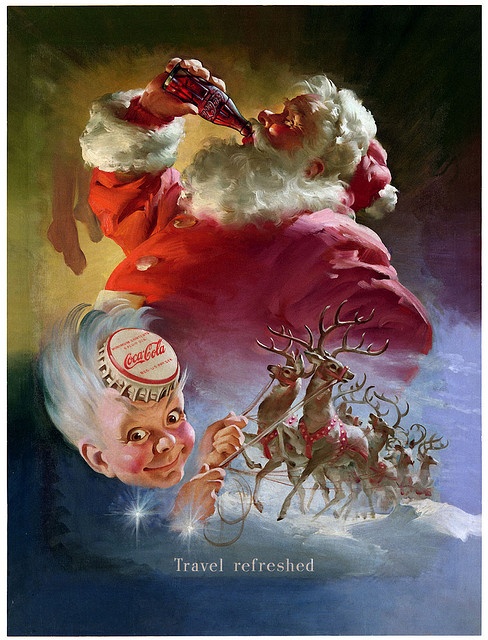
image: pinterest.com/pin/574279389953448177/

What is the Real Name of Santa Claus?
While Santa’s real name has evolved over time, it’s safe to say that St. Nicholas is the closest historical figure to the modern Santa Claus. However, other names have been associated with the jolly gift-bringer throughout history and across cultures.
Some notable names include:
- Saint Nicholas – The historical figure who inspired Santa Claus.
- Sinterklaas – The Dutch version of Saint Nicholas, whose name was later anglicized to Santa Claus.
- Father Christmas – A figure in British folklore who shares many characteristics with Santa Claus, though his roots are older and less associated with gift-giving.
- Kris Kringle – An American term for Santa Claus, derived from the German “Christkind,” or Christ Child, who was associated with Christmas gift-giving before Santa became popular.
- Père Noël – The French name for Father Christmas, used in France and French-speaking regions.
- Jultomten – The Swedish name for Santa Claus, rooted in ancient Norse traditions.
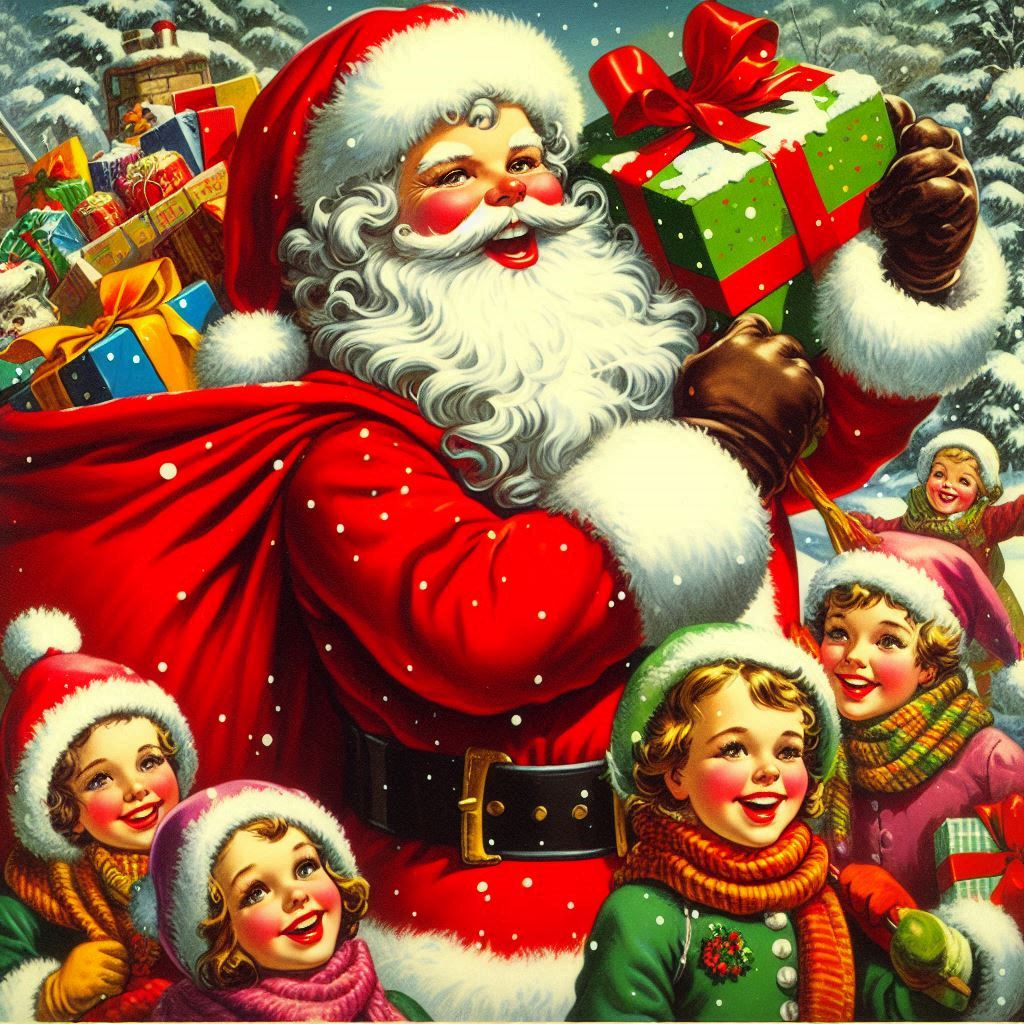
Why Does Santa Claus Have So Many Names?
Santa Claus is known by different names across cultures, reflecting the diverse traditions and influences that have shaped his image. Whether he’s called St. Nicholas, Father Christmas, or Sinterklaas, they all point back to the same underlying idea of a gift-bringer who spreads joy and cheer during the holiday season.
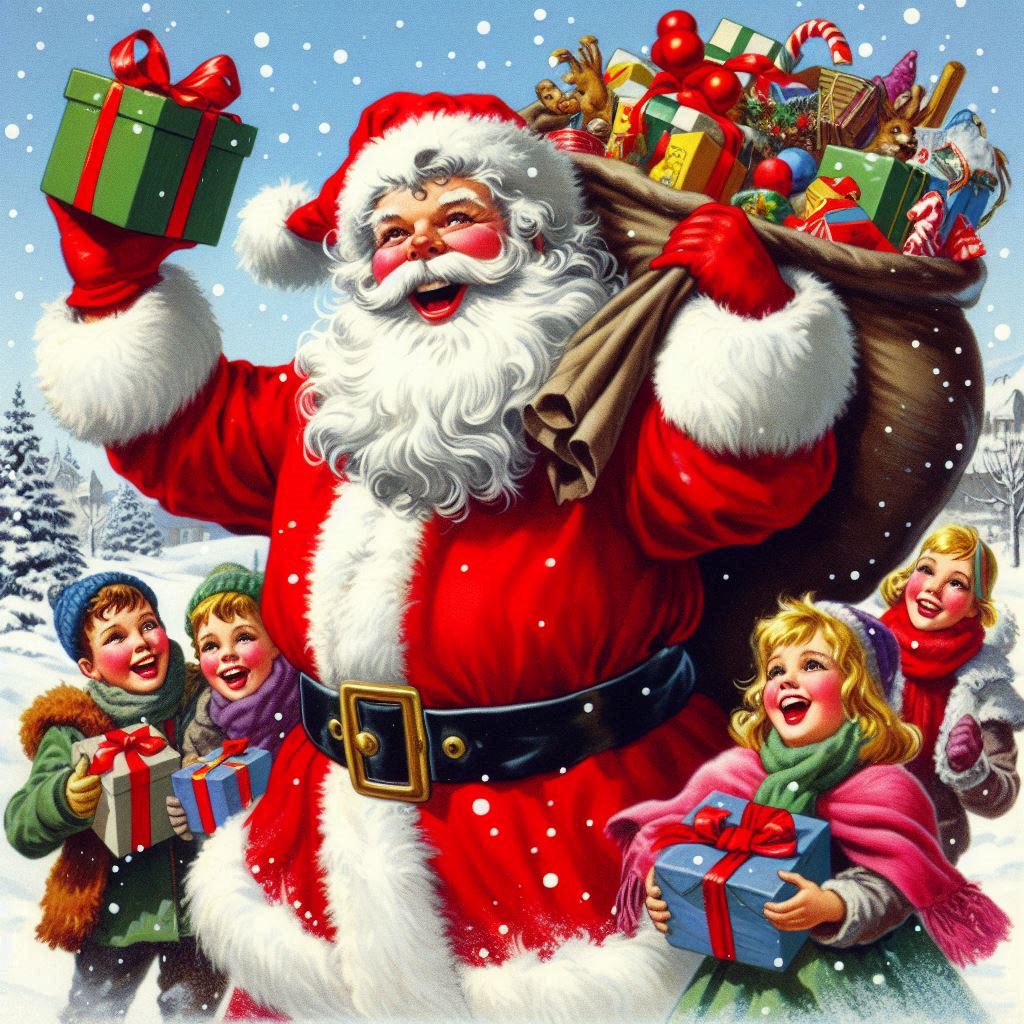
The real name of Santa Claus is a blend of history, folklore, and culture.
While he’s most commonly known as Santa Claus in the United States, the origins of his name can be traced back to St. Nicholas, the 4th-century bishop known for his generosity. Over the centuries, different cultures have adopted their own names for Santa, such as Sinterklaas in the Netherlands and Father Christmas in the UK.
So, the next time you sit by the fireplace waiting for Santa, remember that the jolly figure who brings holiday joy has a rich history and many names. And while his real name might be St. Nicholas, he’ll always be Santa Claus in our hearts.
Ready to Spread Some Christmas Cheer?
Looking to learn more about holiday traditions? Stay tuned for more festive posts, fun facts, and everything you need to know about Christmas celebrations around the world!





